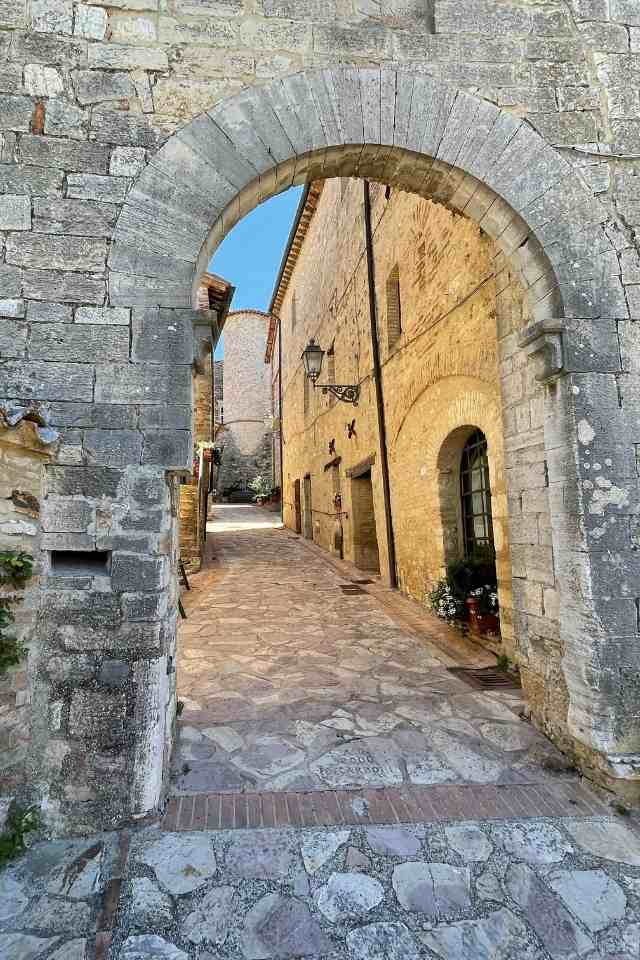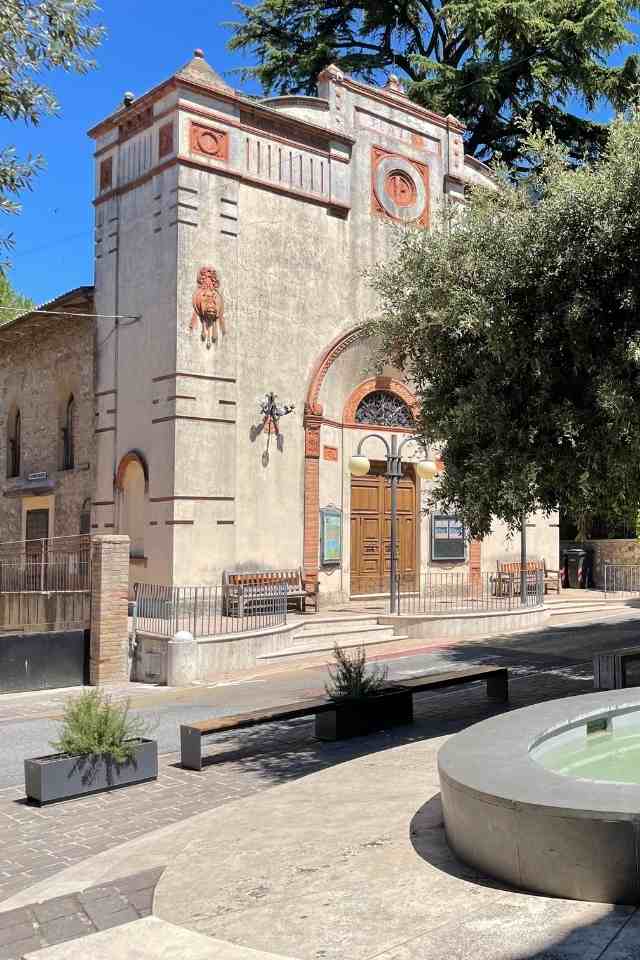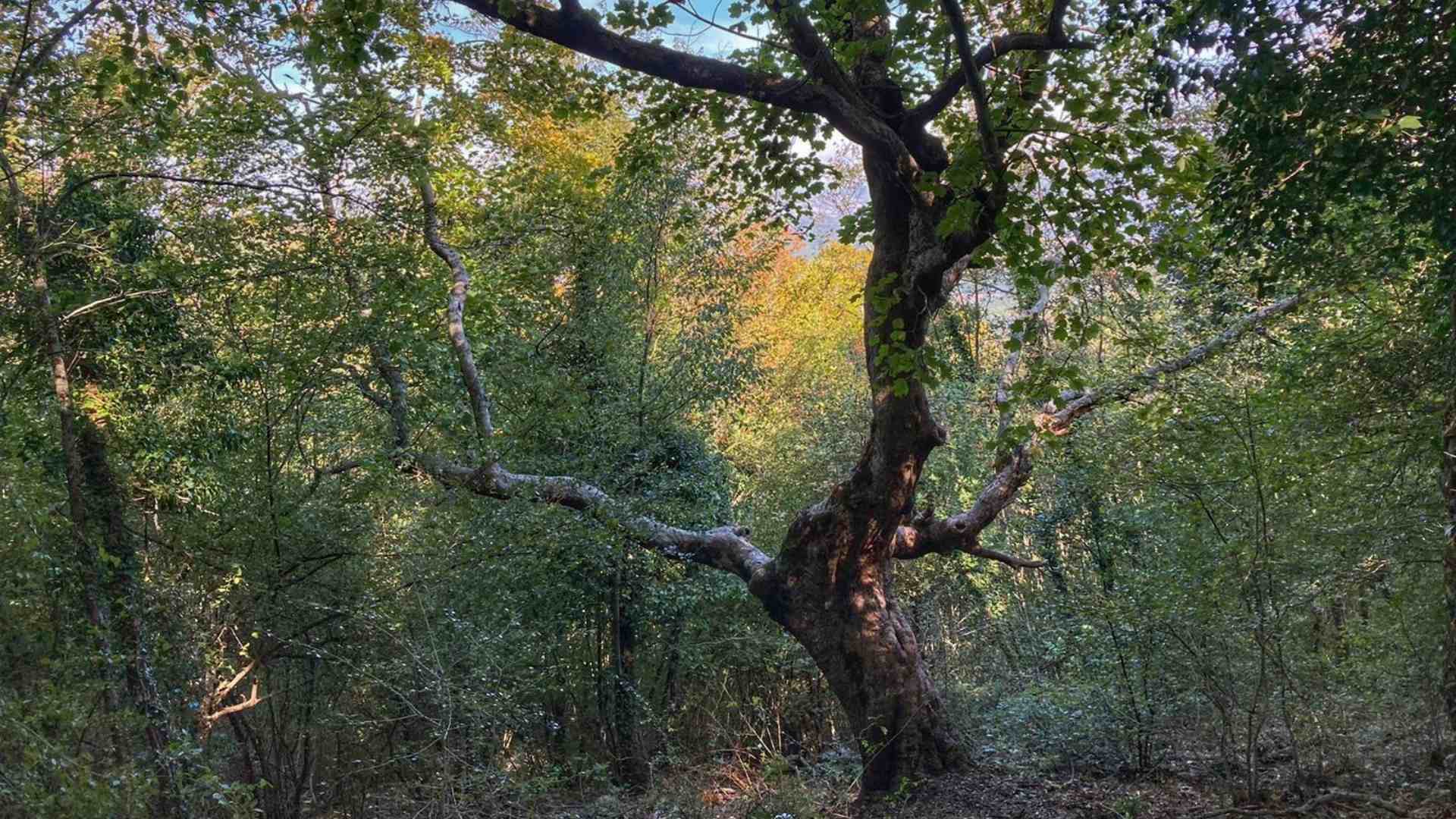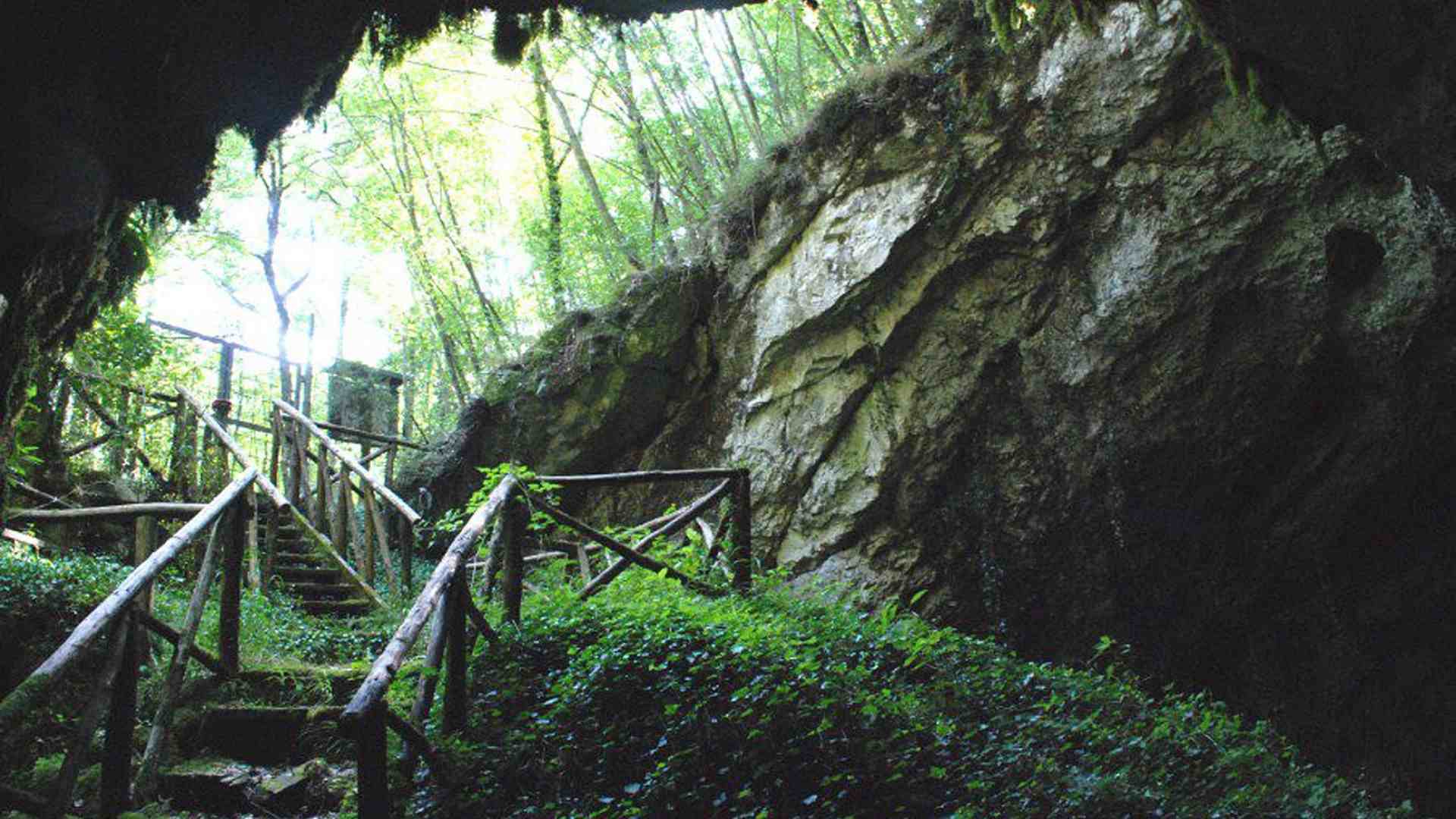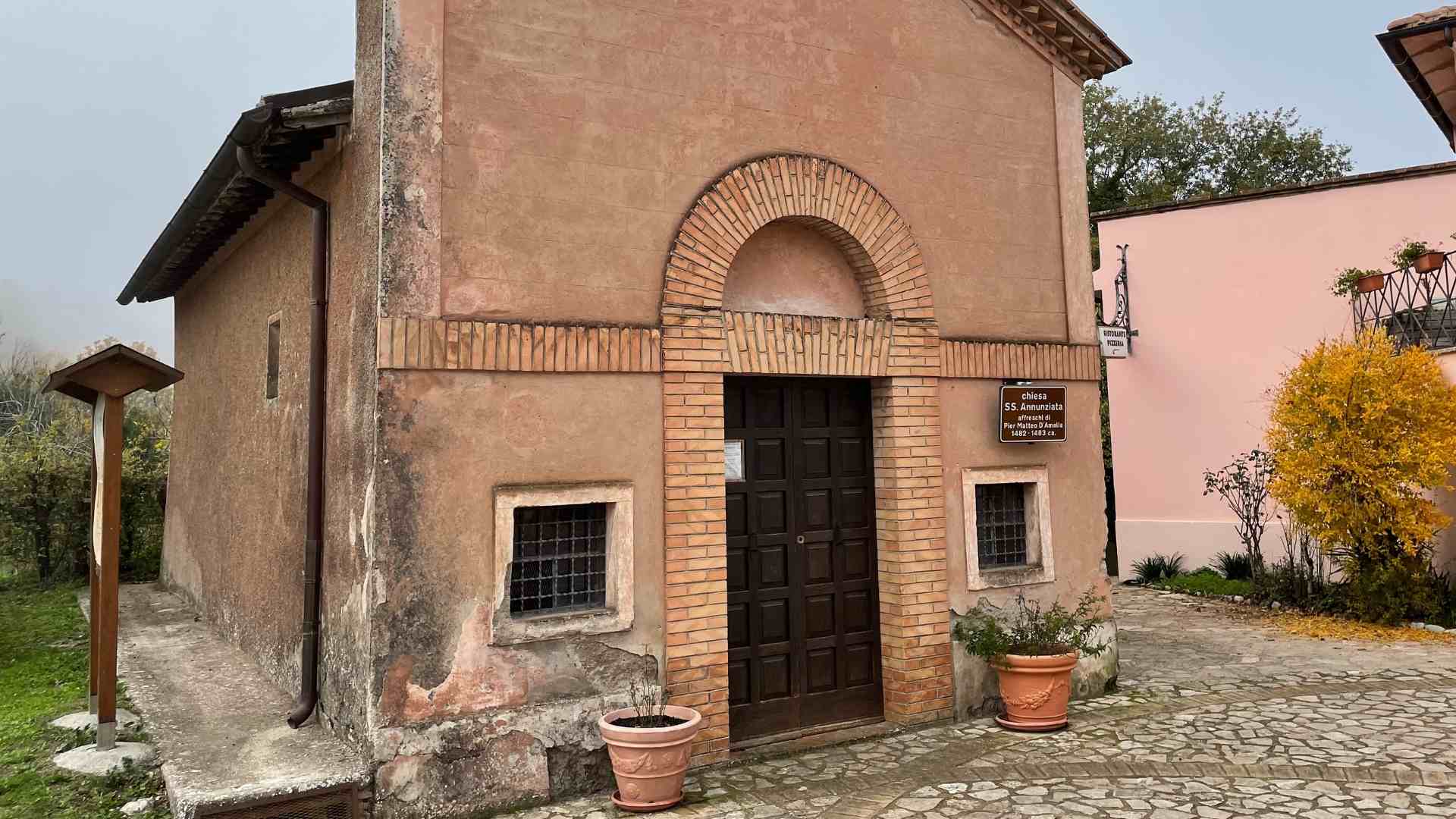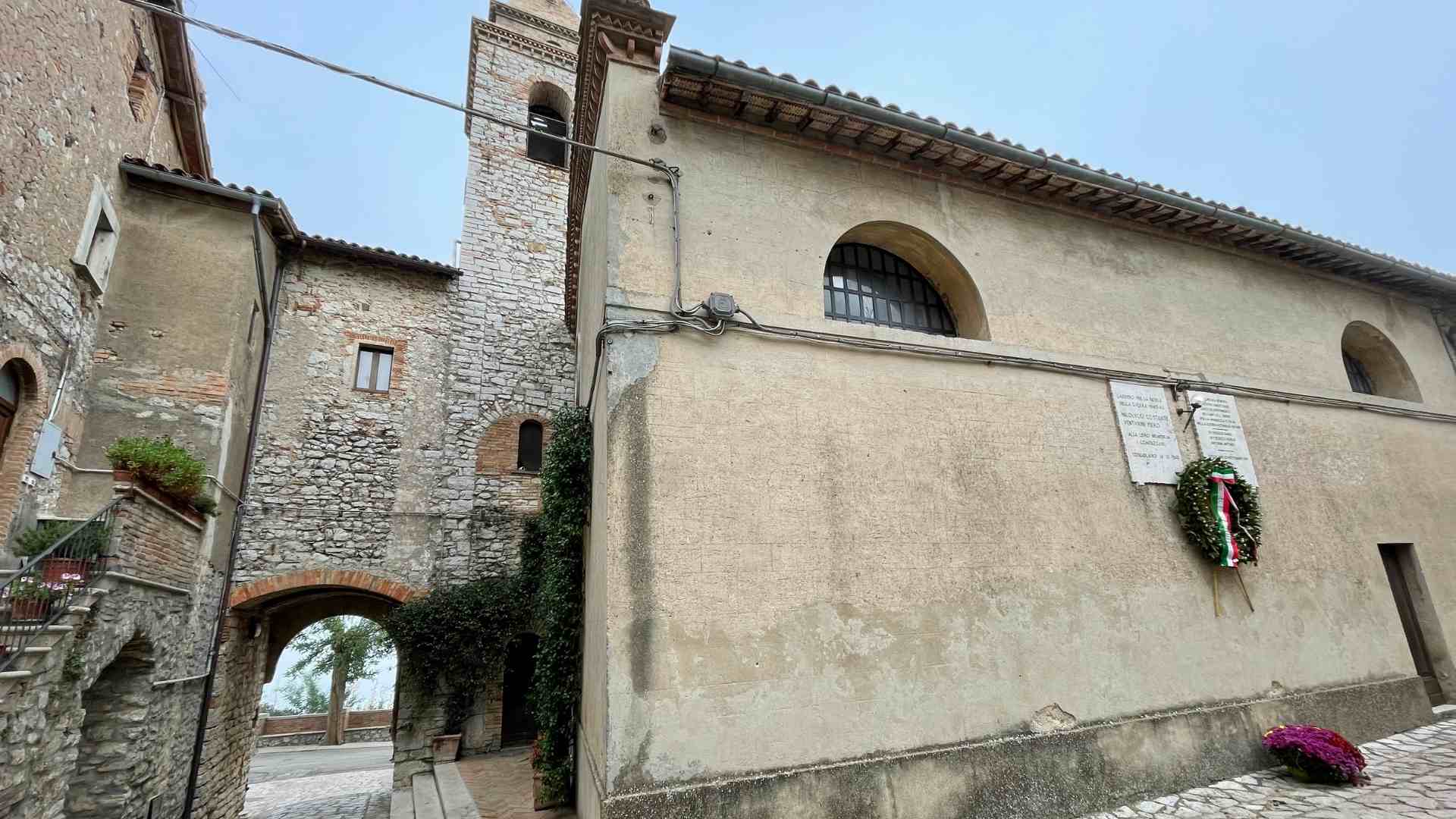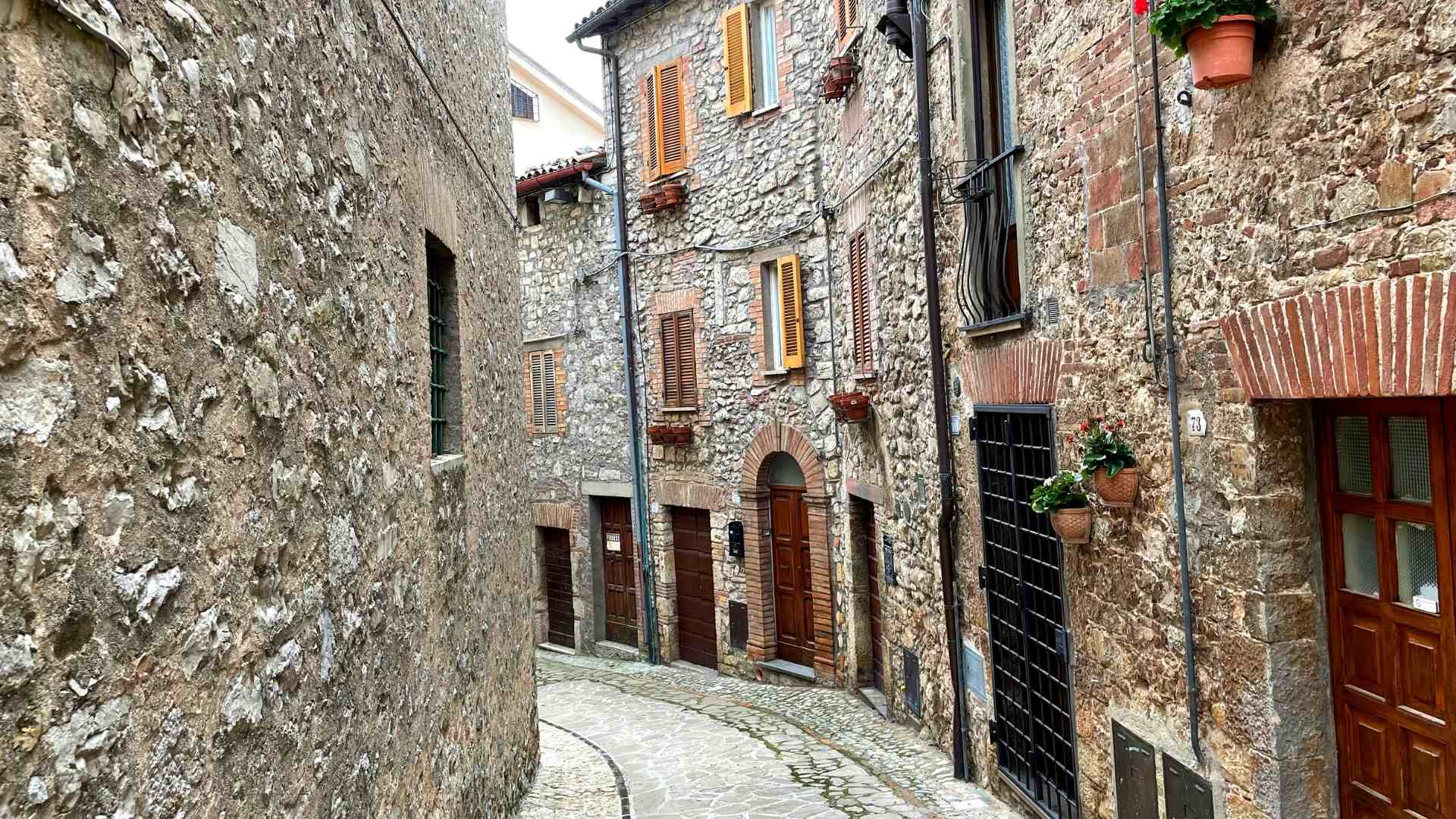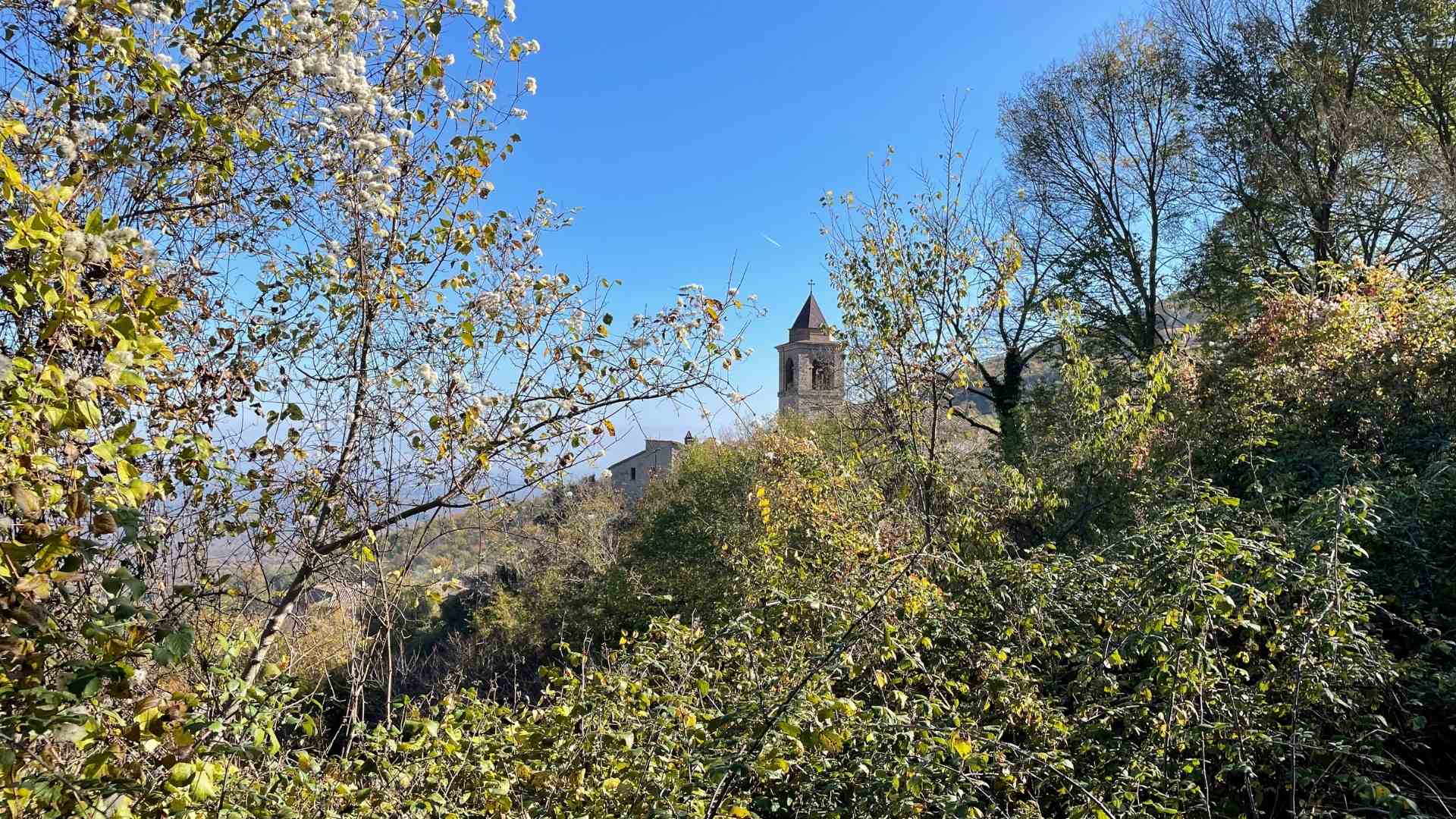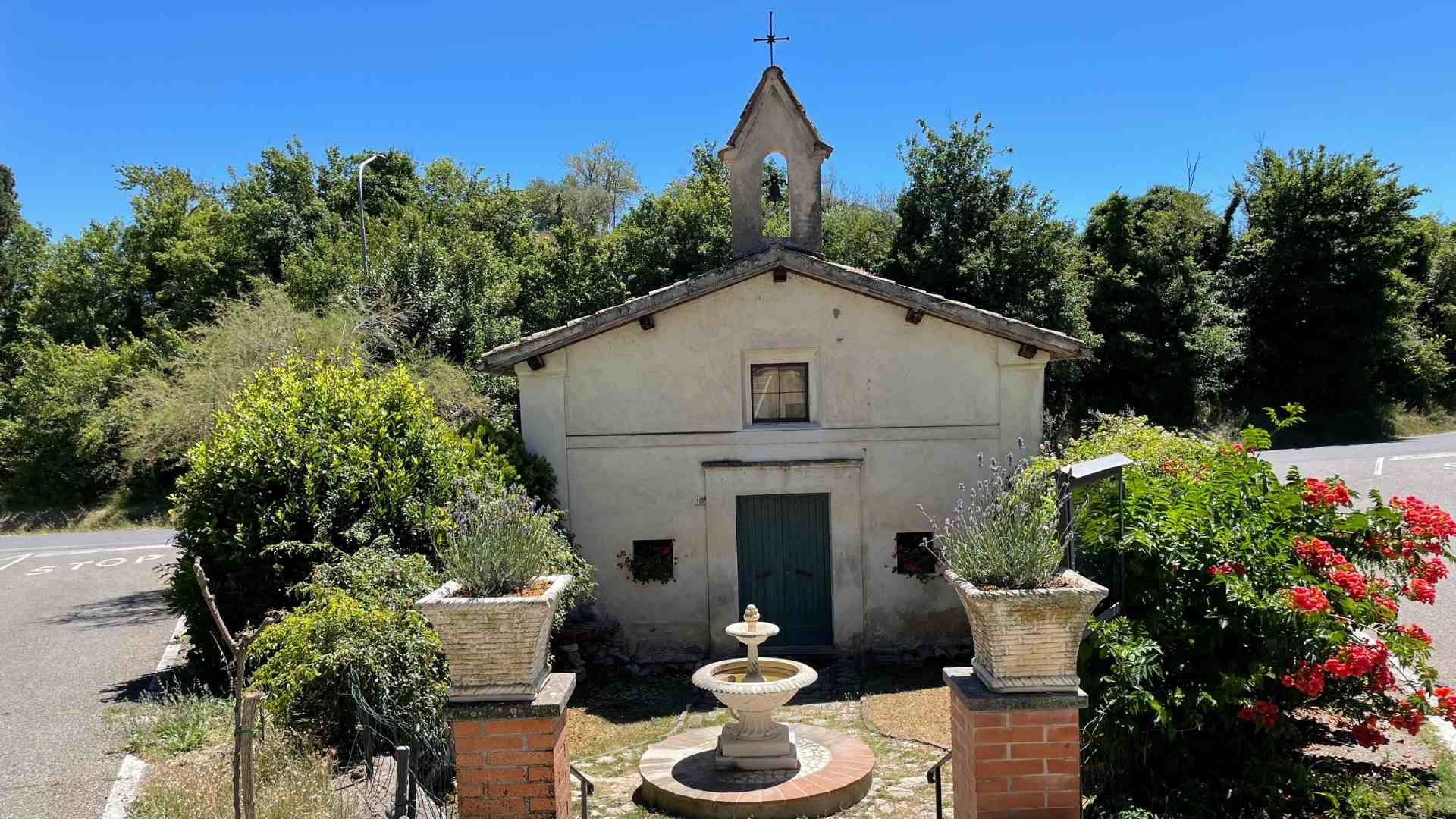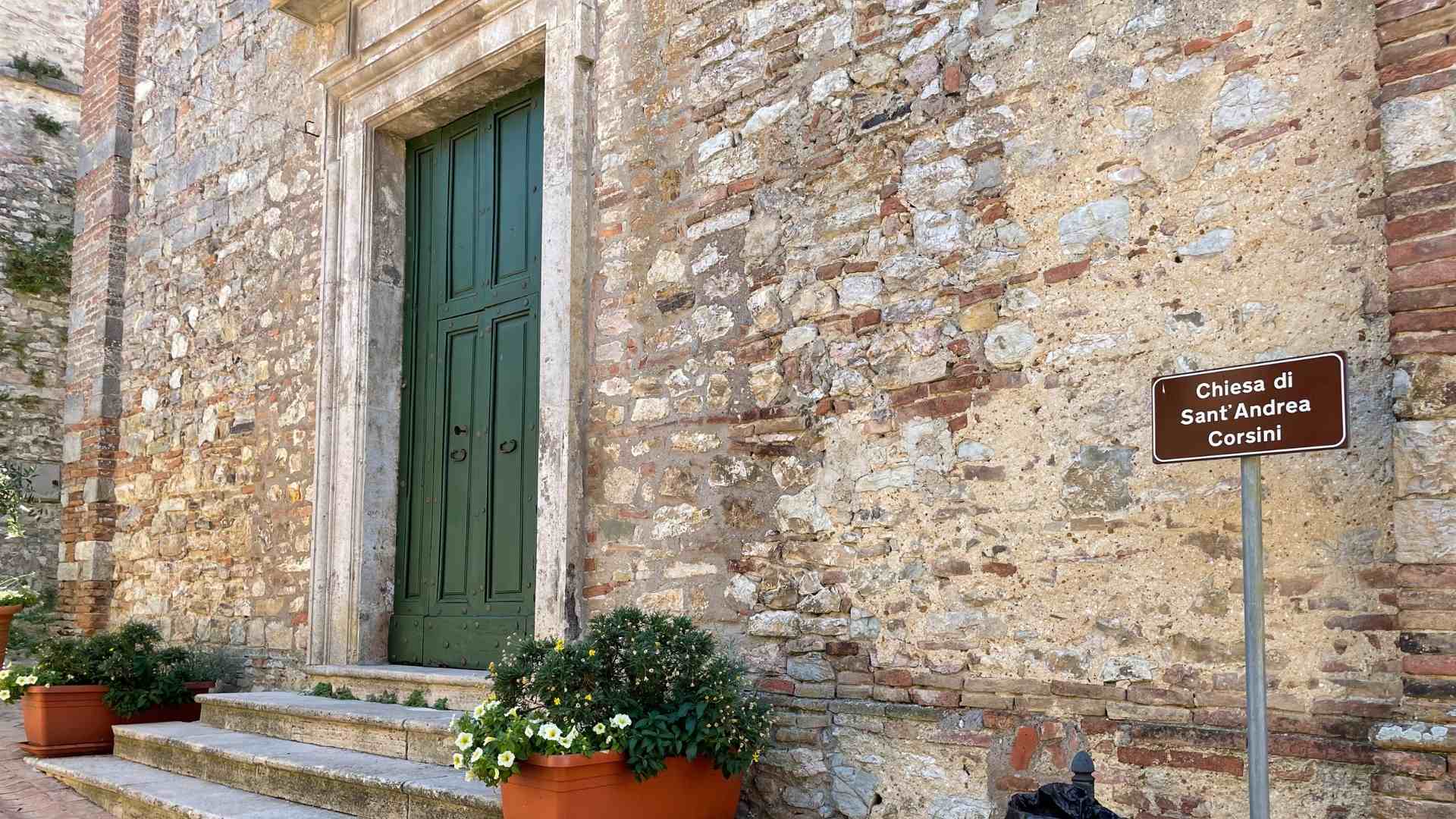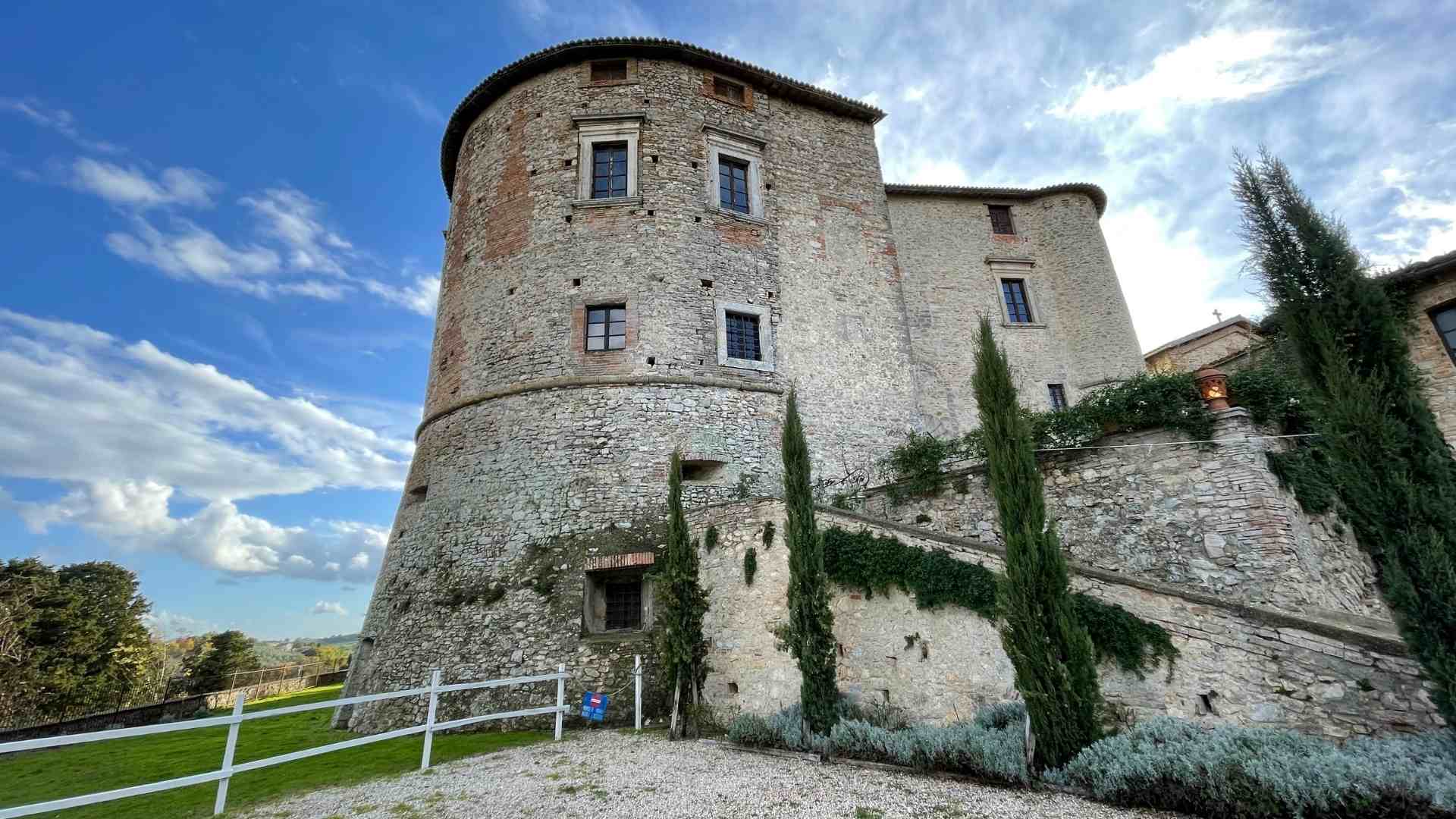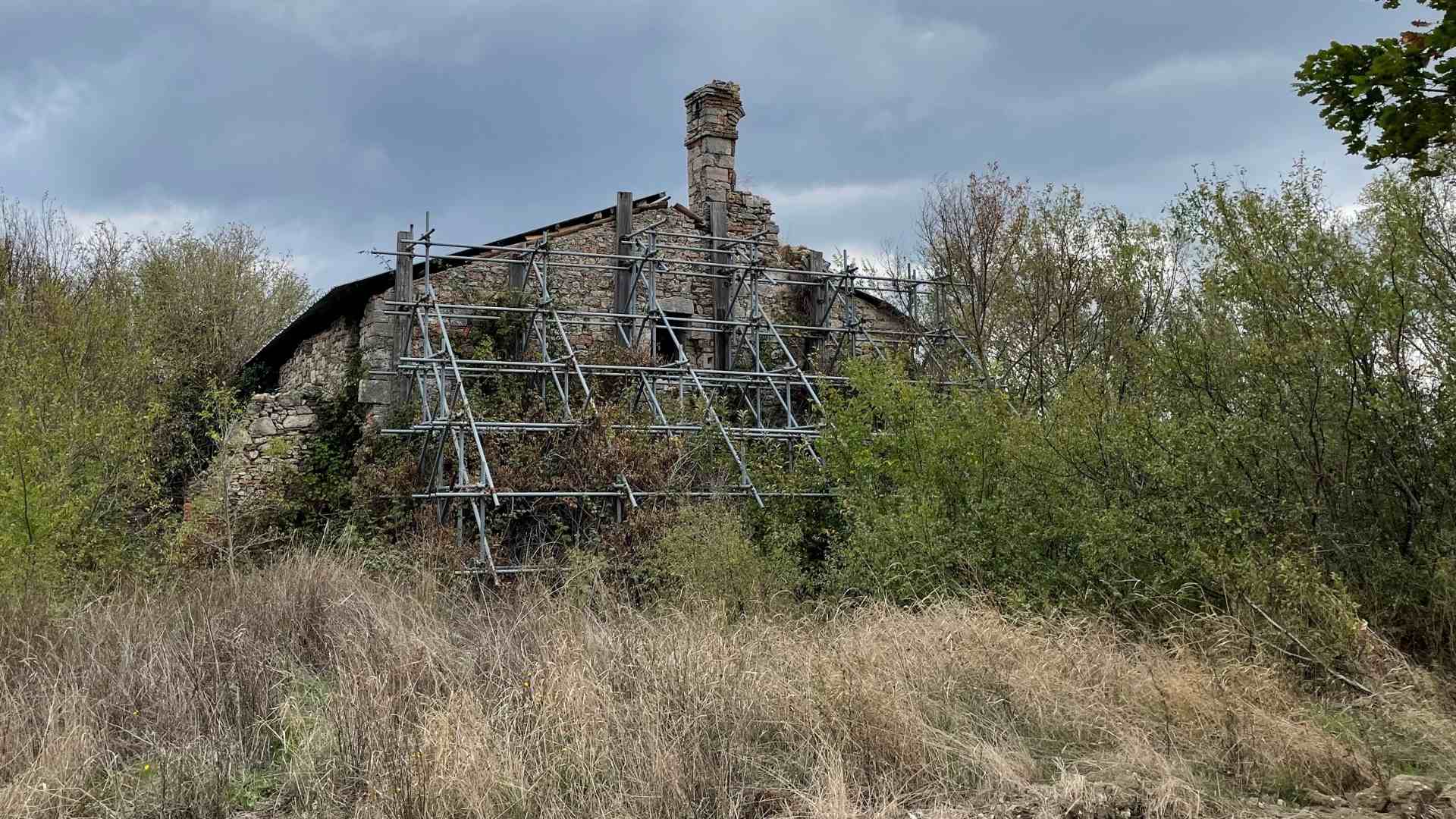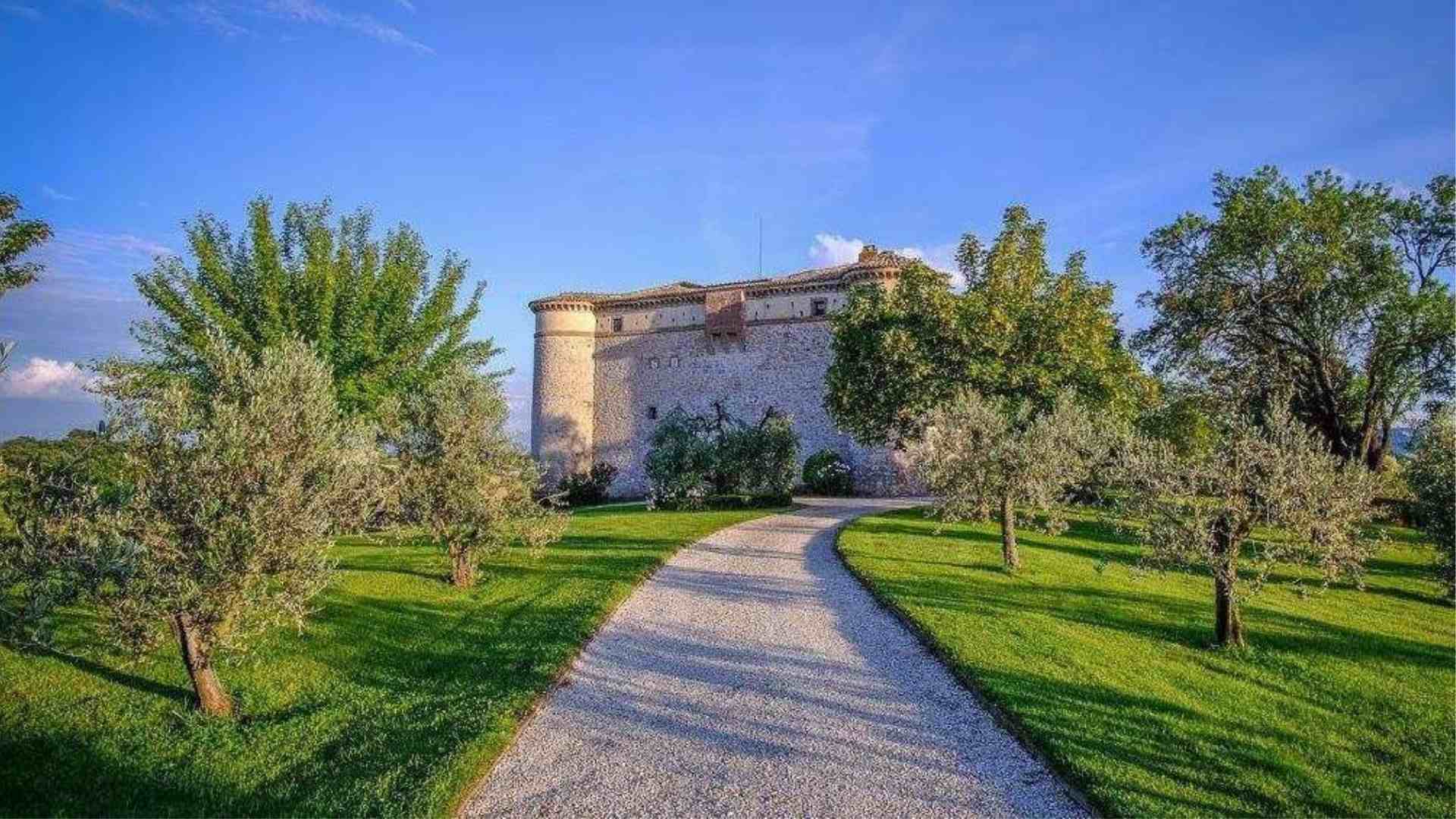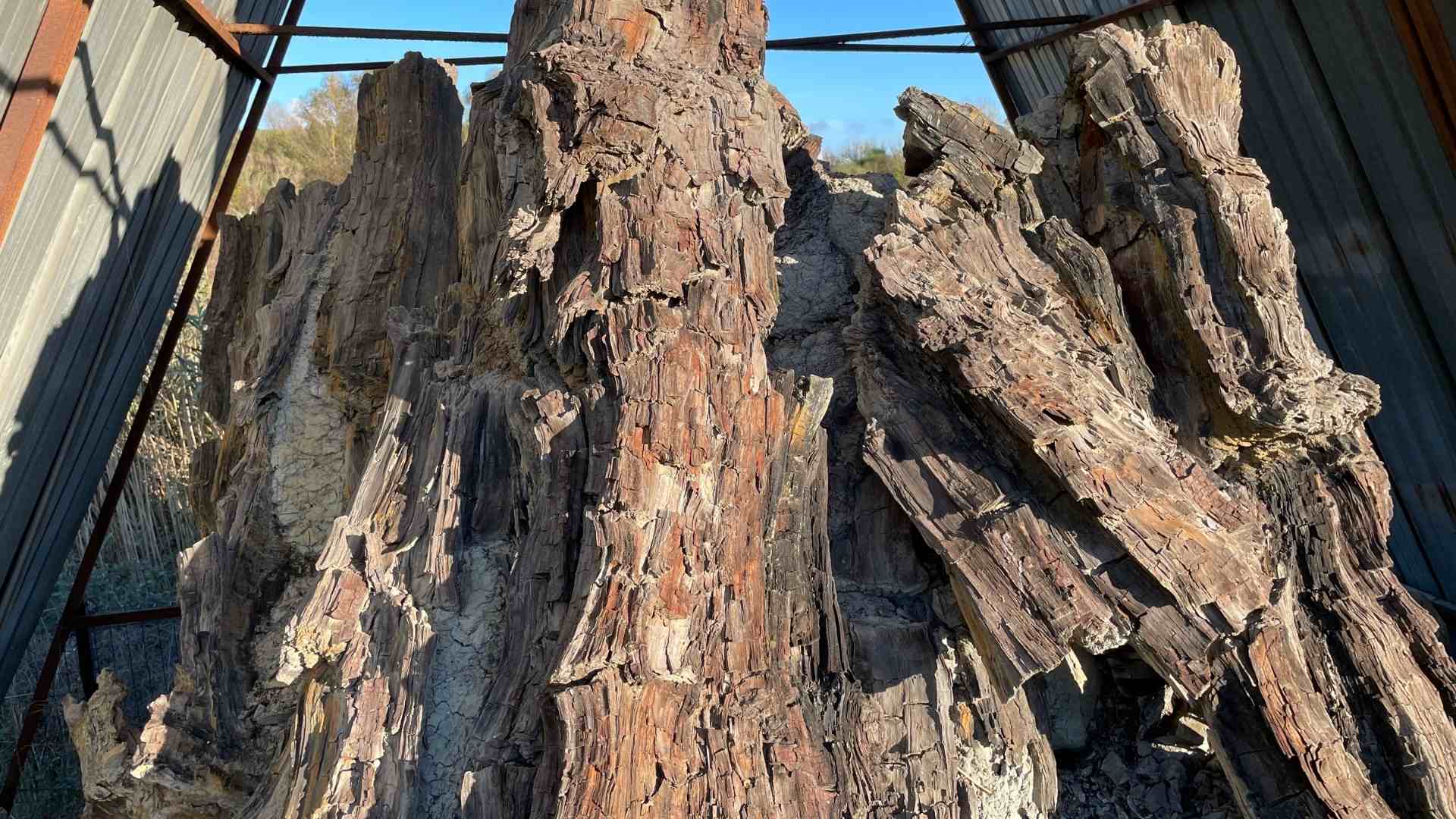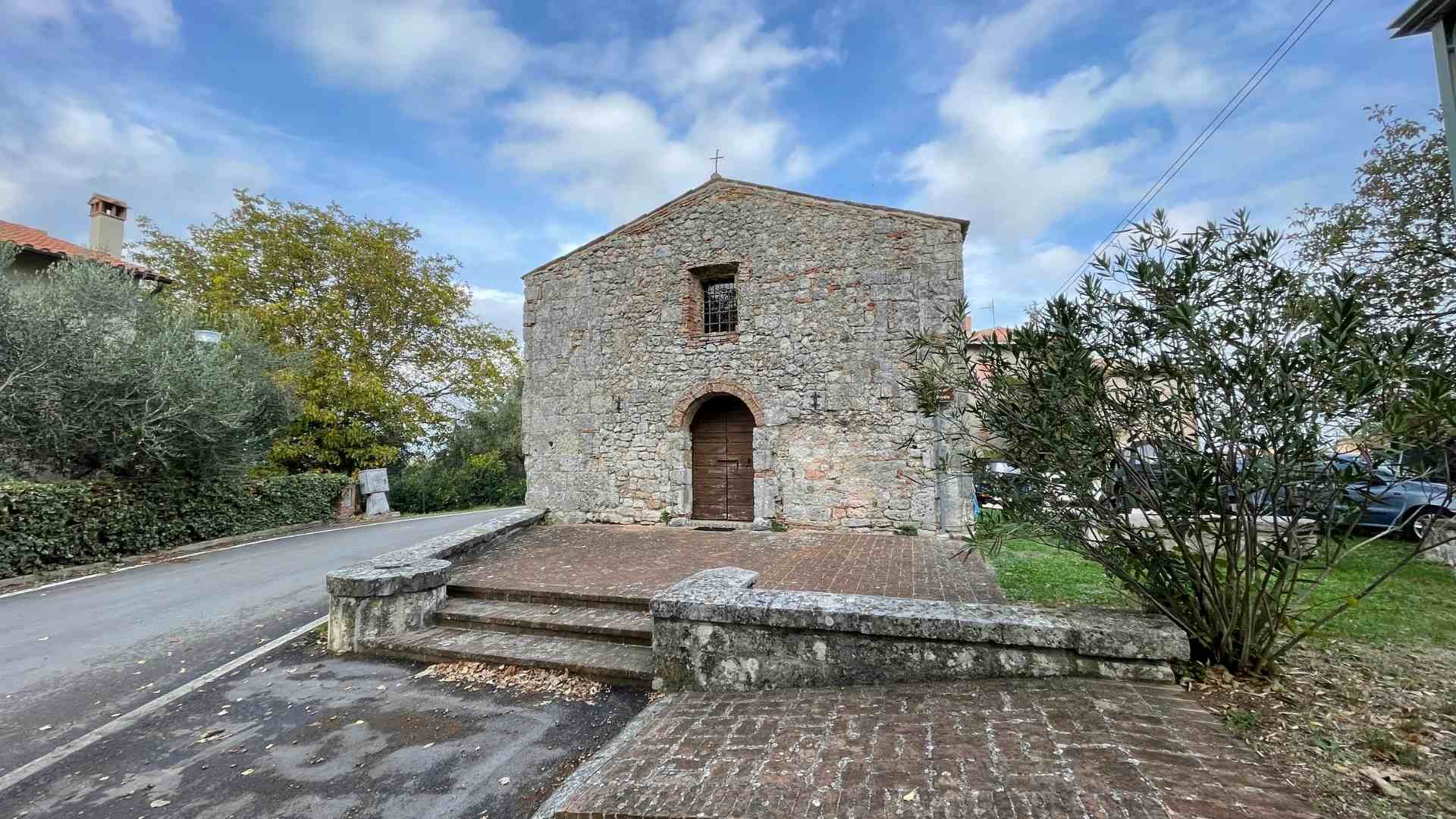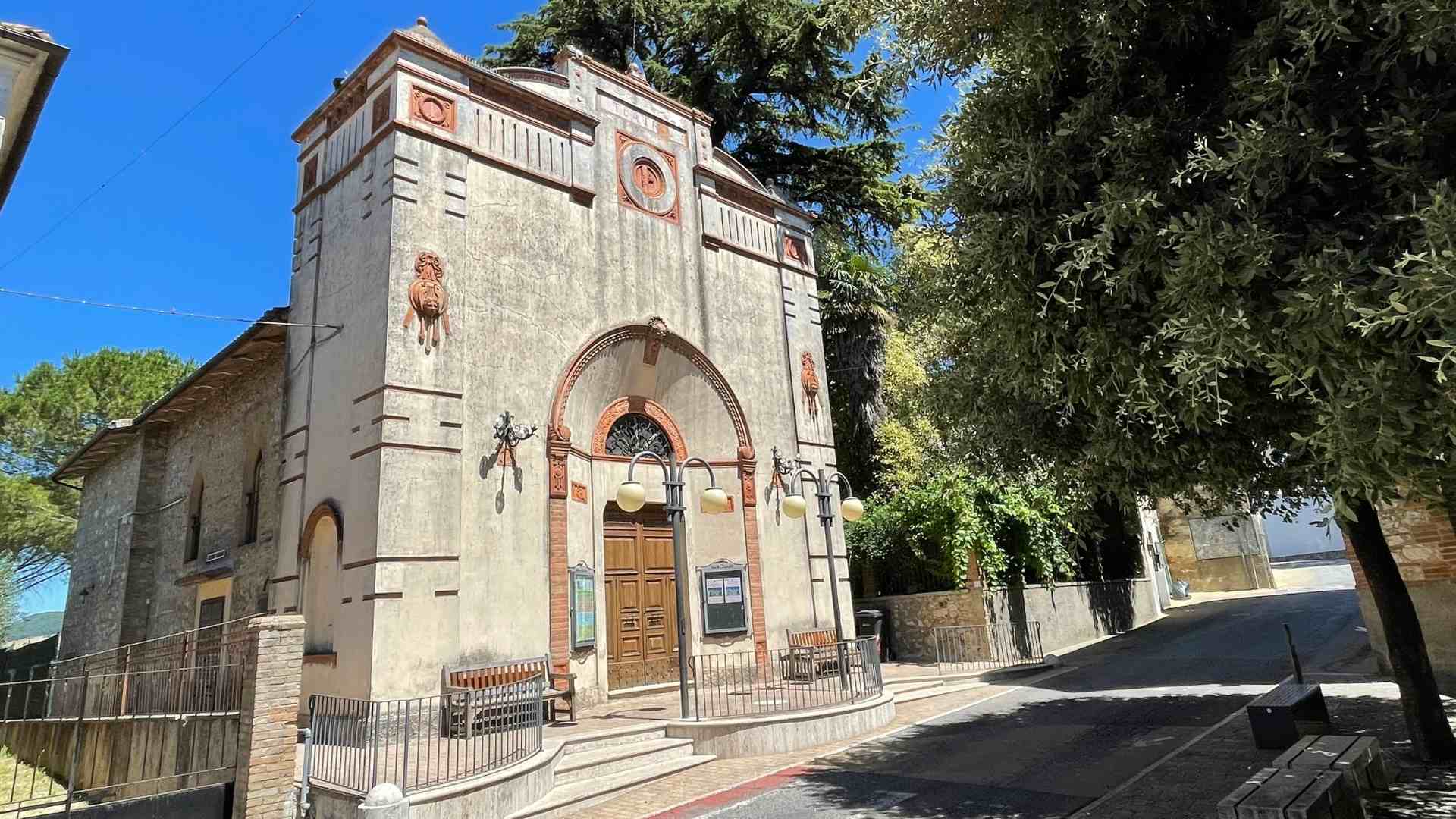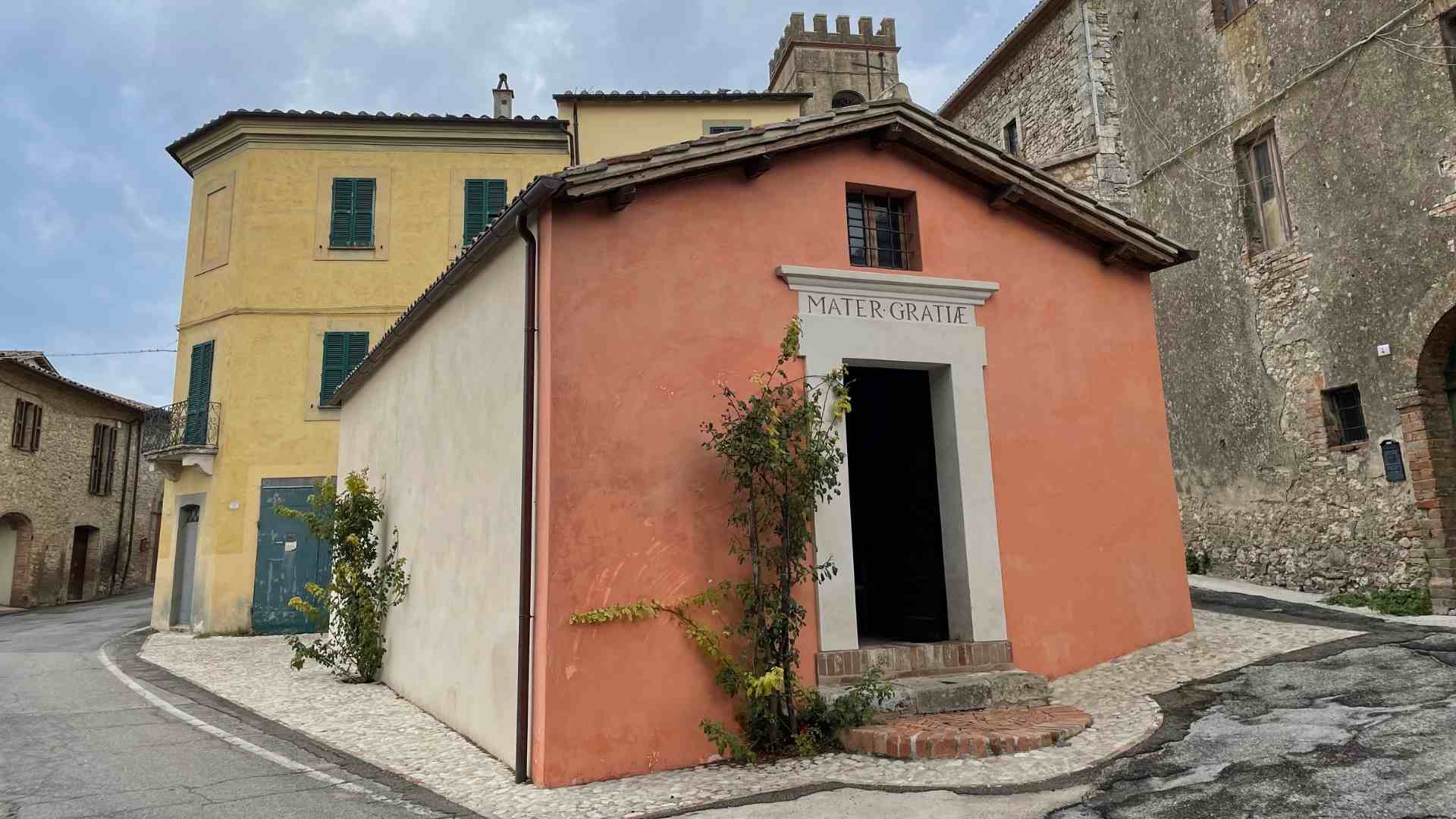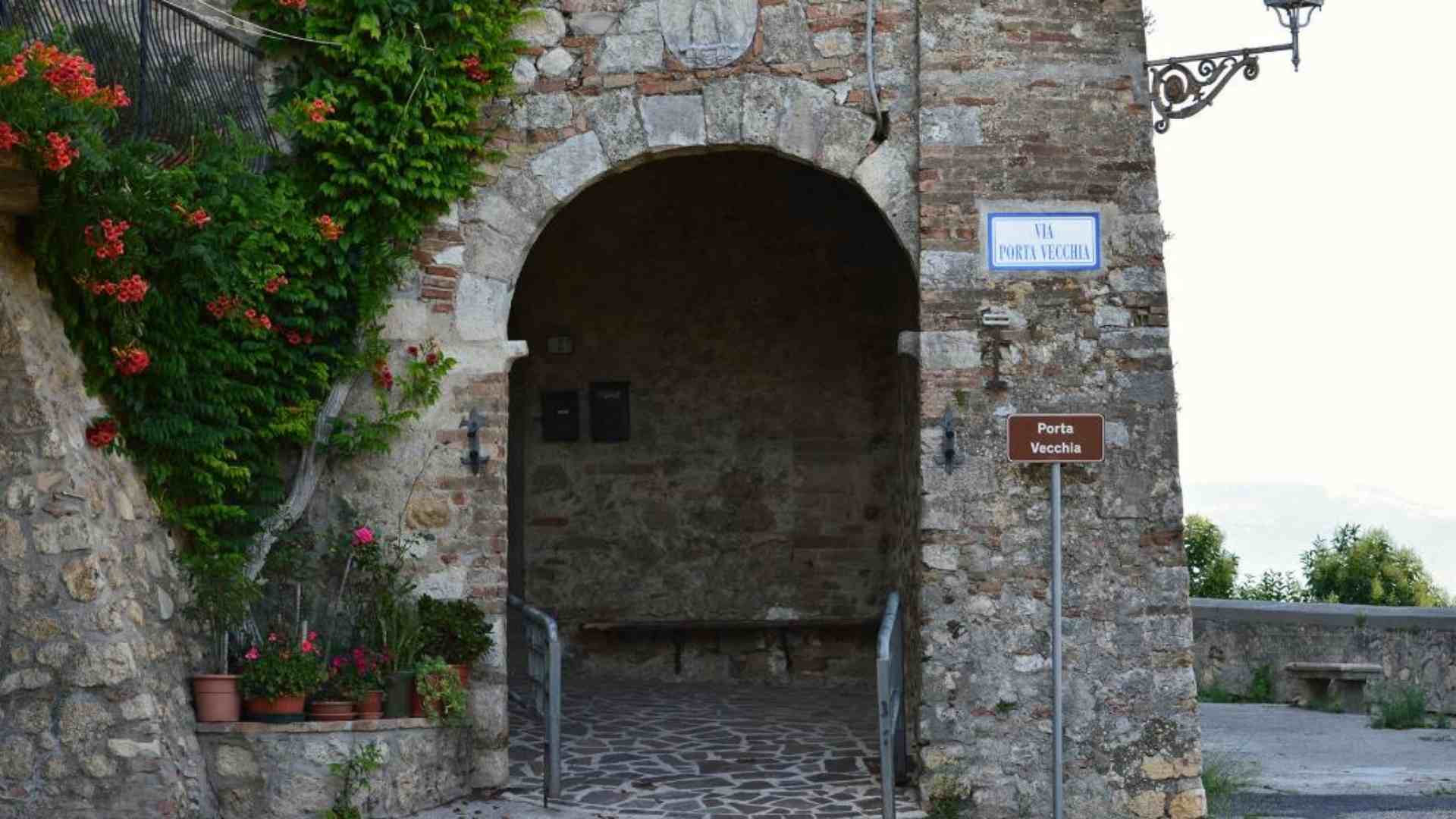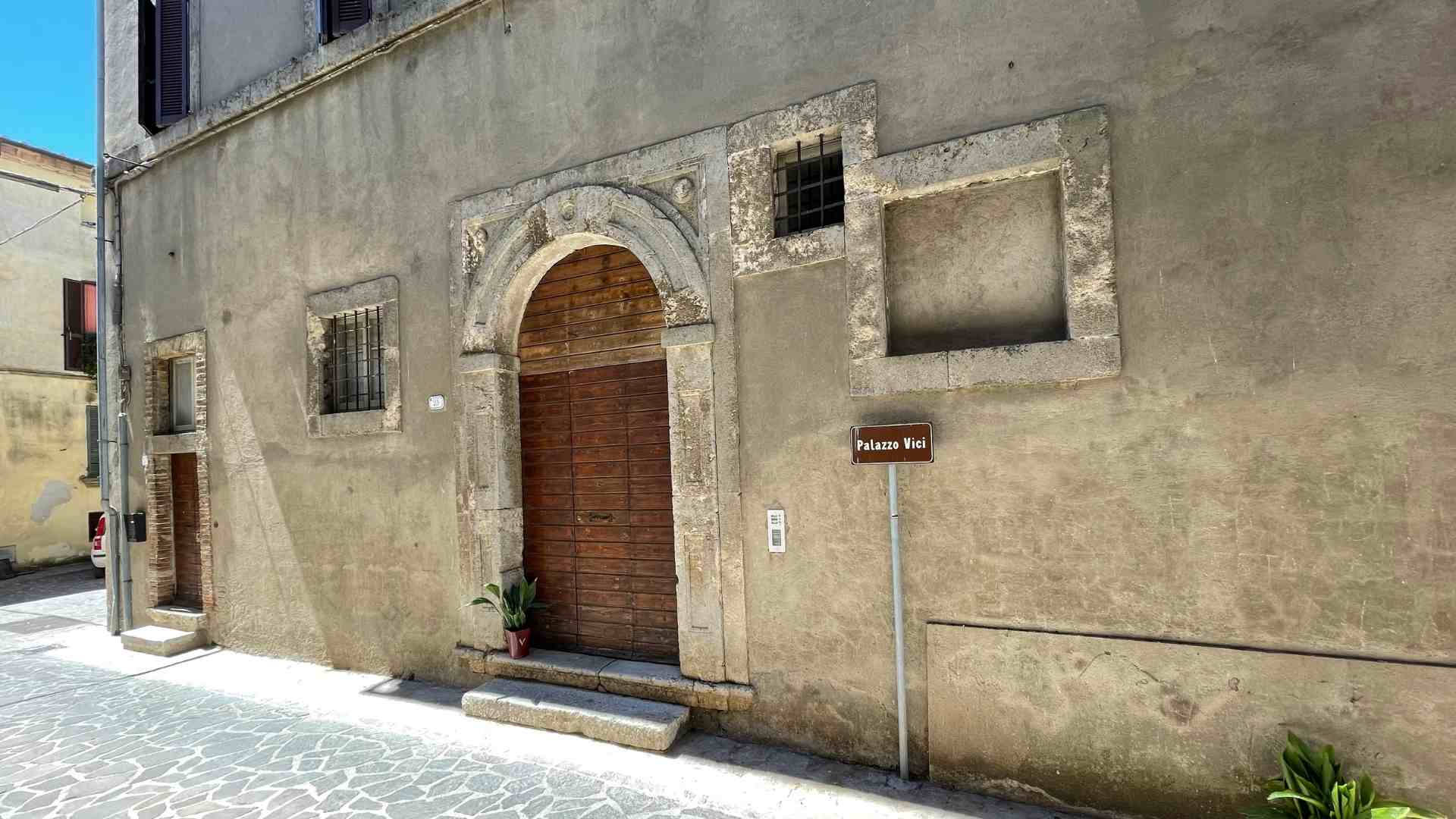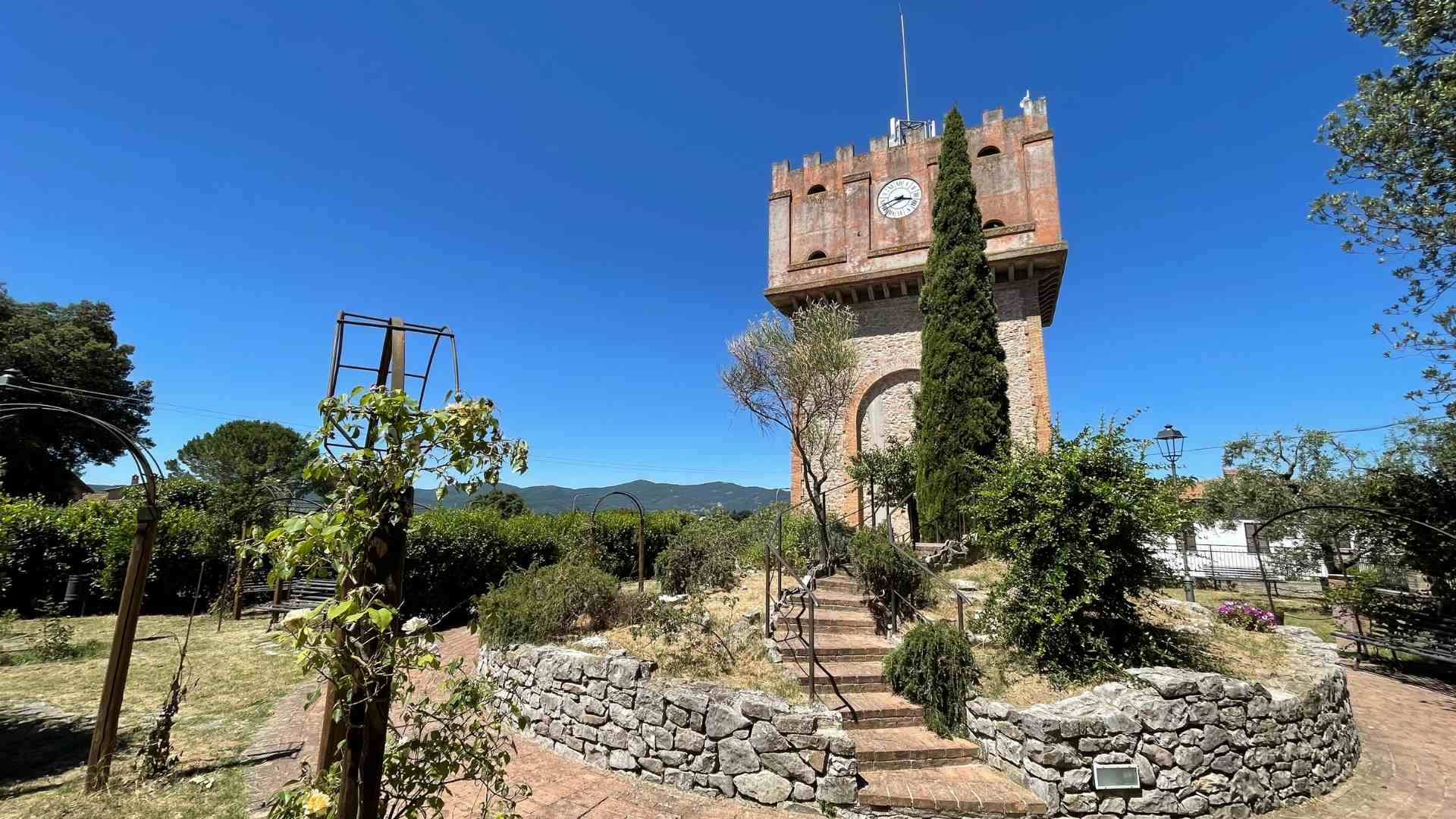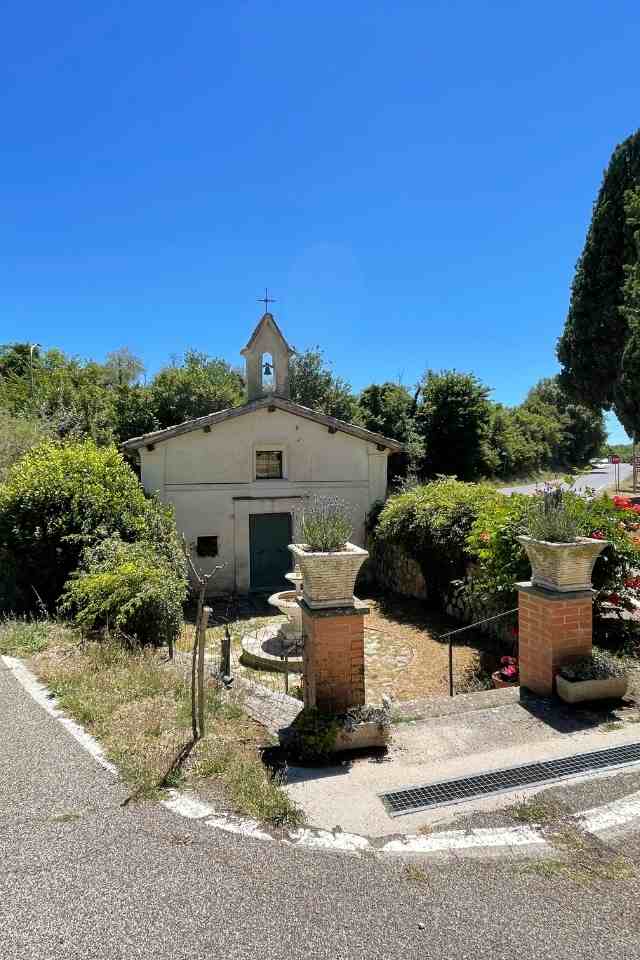An epigraph, dispersed at the moment, supports the belief that Avigliano is somehow linked to all those assignments of land Ocatavian made to the veterans. (Caesar Augustus rise to power | Britannica)
The surrounding lands, today part of the village, were donated to the centurion Avilo and probably that’s the reason why this site, over time, has taken the name of Avigliano that refers to his landowner.
The first certain reference of the existence of Avigliano dates back to 1074, when the bishop Garolfo of Todi consecrated the Chiesa di Santa Maria in Foris main altar (Saint Mary in Foris Church’s main altar), probably located right outside the fortified hamlet at the time and nowadays dispersed.
Nel 1112 Count Rapizzone of Arnolfi donated to the Abbey of Farfa the three churches of: Sant’Ippolito, San Nicolò and Santa Secondina.
The following years, as the rest of the territory of southern Umbria, saw Avigliano involved in the aims of the powerful Todi which, once conquering the castles, in 1290 imposed the formation of its territory in 19 parishes. The castles of Avigliano,Montecastrilli, Collesecco and 16 other castles and villas, were assigned to that of San Vittorina whose ruins are now located near Dunarobba.
In the mid-fourteenth century Avigliano was destroyed by the captain of the Papal States John Hawkwood and his army, and only in 1429 the walls were rebuilt.
The Papal States and the main important families of Todi: Chiaravalle and Atti
The fifteenth century was determined by the bloody struggles between the two main families of Todi: the Atti, Guelphs and holders of the Castello di Collicello (Collicello’s Castel) and the Chiaravalle, Ghibellines and owners of the Castello di Canale (Canale’s Castel).
After years of battles that involved most of the cities of southern Umbria, on August 6, 1500, Altobello of Chiaravalle was killed by the troops supported by Pope Alexander VI Borgia right behind the walls of Acquasparta where he had barricaded himself.
In 1527, with the Lanzichenecchi the territory experienced the last great invasion and devastation: after that event, the papal domination and intervention protected the area from other upheavals, apart from those of the Napoleonic domination.
